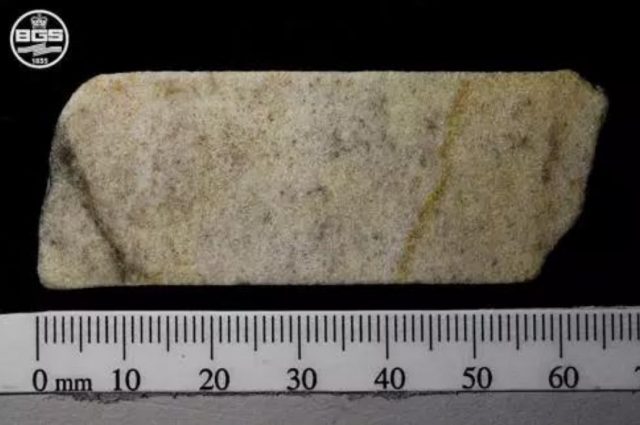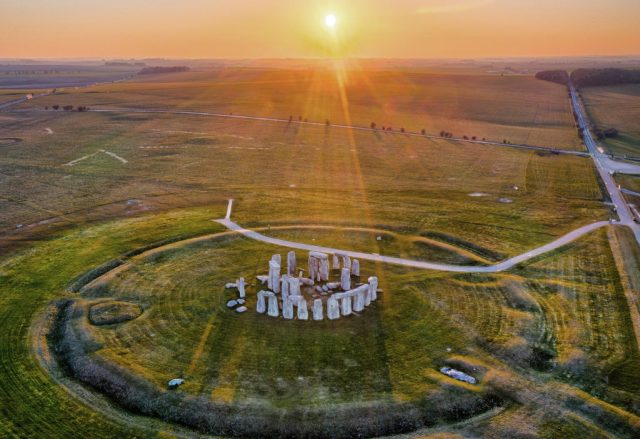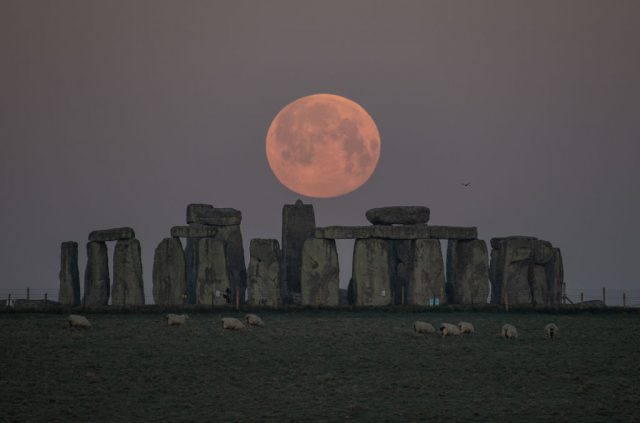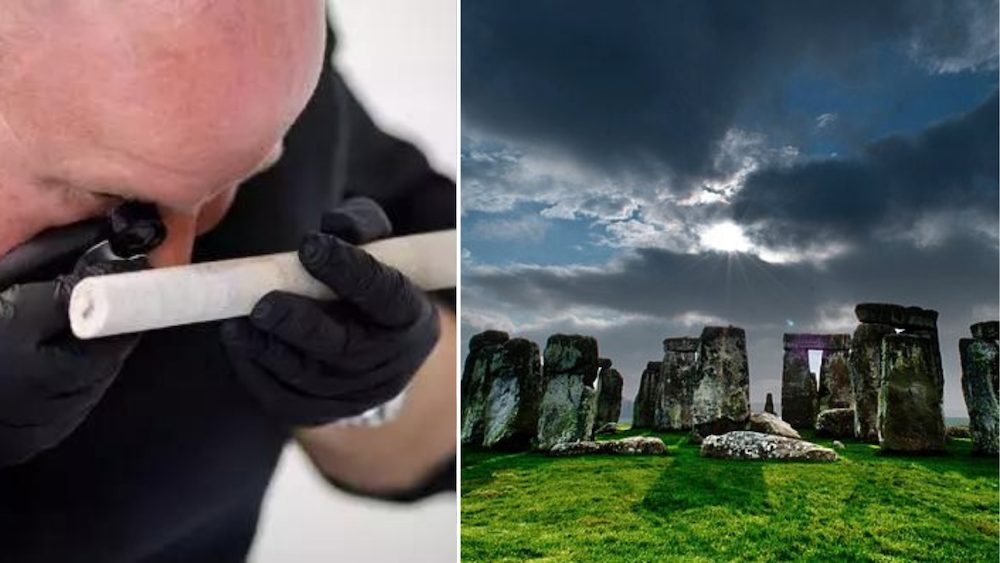In a study recently published in Plos ONE, researchers have revealed why England’s famed Stonehenge has remained standing all these years. With the assistance of geological institutions, the team was able to answer one of the many questions surrounding this mystifying monument.
Cemented in an interlocking mosaic
The discovery was made by an international team of researchers, led by David Nash, Professor of Physical Geography at the University of Brighton’s School of Applied Science. New scientific analysis was applied, thanks to equipment provided by the British Geological Survey and the Natural History Museum.

Through CT scans, microscopic analysis, X-rays, and other techniques, the team discovered that the makeup of the stones is 99.7 percent sand-sized quartz grains. The grains are so cemented together that they make the sarsen sandstones “impervious to crumbling or erosion.”
The testing was conducted on a sample taken from one of the monument’s sandstones in the 1950s. It’s considered the “Holy Grail” by the team, as Stonehenge’s protected status prevents further extraction from its stones.

“It is extremely rare as a scientist that you get the chance to work on samples of such national and international importance,” said Nash in a statement. “Stonehenge is part of a World Heritage Site and is subjected to the strictest legal protections, so it would be highly unlikely that we would be able to access this type of material today.
“This small sample is probably the most analyzed piece of stone other than Moon rock,” he concluded.
A rediscovered sample
The sample used was obtained from a man named Robert Phillips. He participated in a restoration project to conserve the monument’s fallen Stone 58, working as a stonecutter. To conserve the stone, three 2.5 centimeter holes were drilled and metal rods inserted.

The holes produced three core samples, of which Phillips took one. He brought it with him when he emigrated to the United States, and kept it in his possession until 2018, when he donated it for research. Phillips passed away in 2020.
Older than the dinosaurs
The same study has shed light on the age of the stones used to construct Stonehenge. The stones contain sediment that was deposited between 66 to 23 million years ago, according to Nash.
When scientists compared the ratios of neodymium isotopes in the samples, they learned certain sediments were even older, dating back to the Mesozoic era, some 252 to 66 million years ago.

The oldest sedimentary grains appear to date back much further. According to analysis, they were formed as far back as one to 1.6 billion years ago.
The history of Stonehenge
Stonehenge has become one of Britain’s most popular tourist attractions. Situated on the Salisbury Plain in southern England, the formation of roughly 100 upright stones has stood for 5,000 years. Much is unknown regarding its construction and purpose, lending itself to speculation.
Stonehenge was built in stages, starting in the late Neolithic period in 2,500 B.C., and continued into the Bronze Age. It’s made up of local sarsen sandstone slabs and bluestones, the latter of which came from the Preseli Hills in Wales. Theories abound regarding how the bluestone was transported to Salisbury Plain, with some historians suggesting it was transported by sea vessels and others believing it was floated up the River Avon.

The strongest theory regarding Stonehenge’s purpose surrounds the belief that it was used as a burial site, at least for part of its history. It may have served a secondary purpose, either as a pilgrimage destination, a ceremonial site, a memorial to honor the builders’ ancestors, or a final resting place for royalty.
More from us: DNA Reveals the Origin of Stonehenge Builders
Recently, signs of sickness and injury have been noted on bones uncovered at the site. This has led to speculation it was a place of healing, likely due to the ancient belief that bluestone possesses healing properties.
